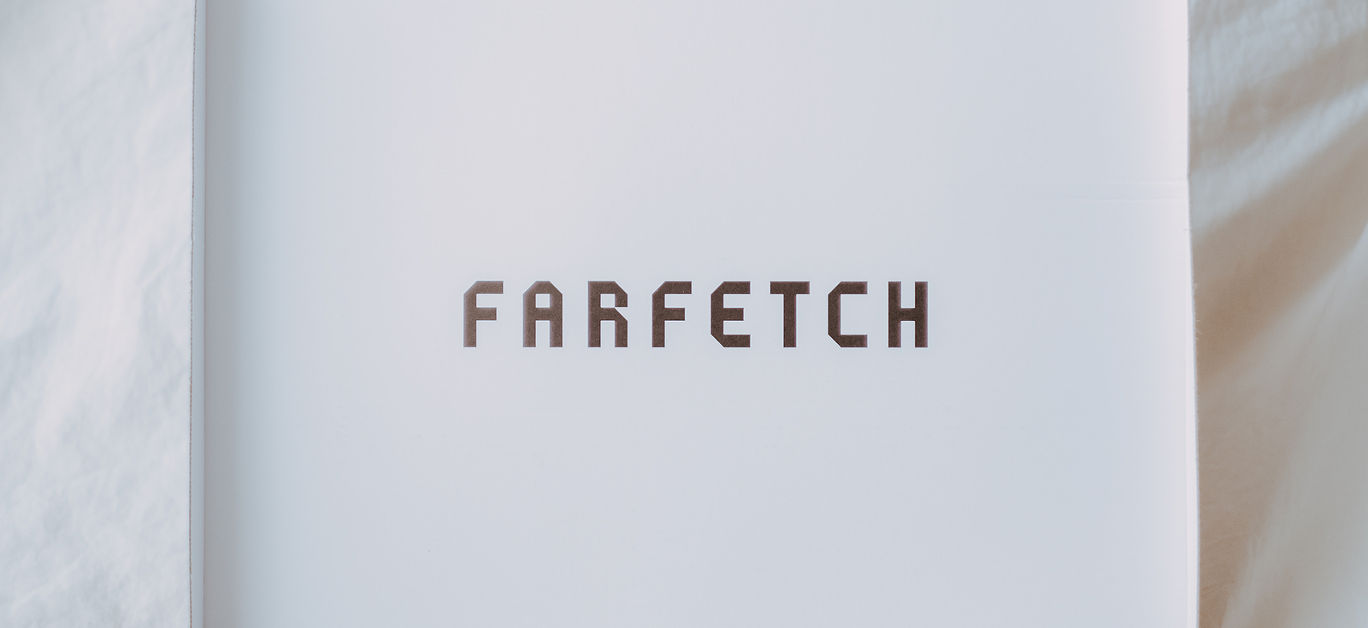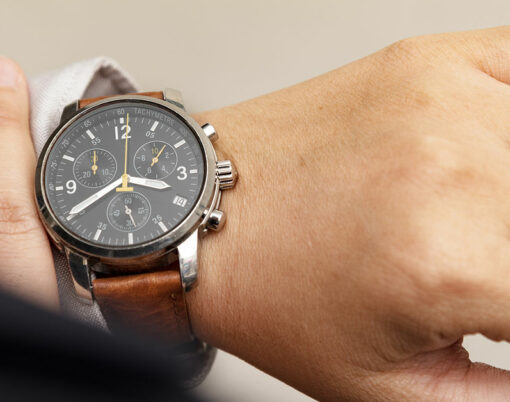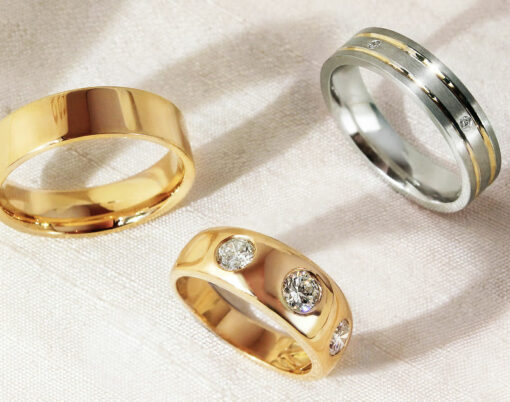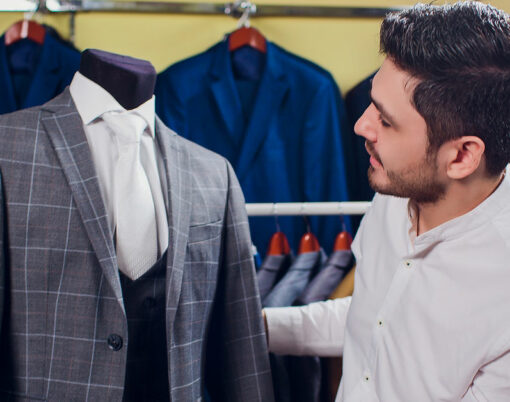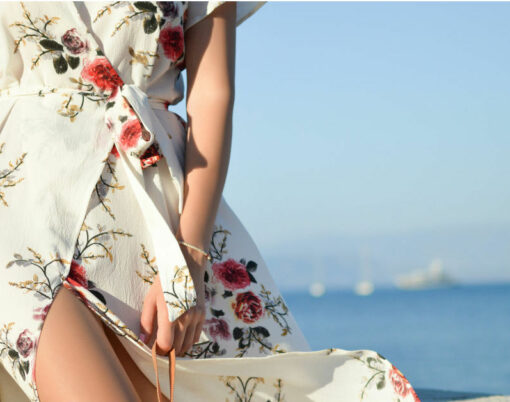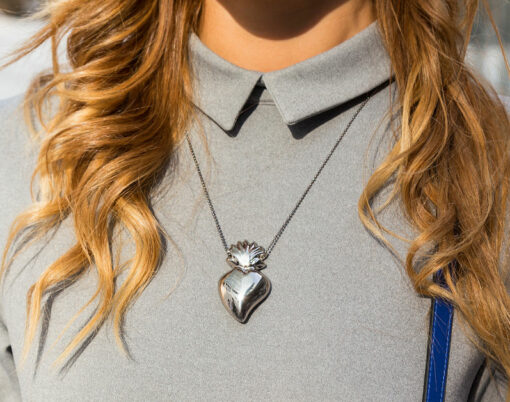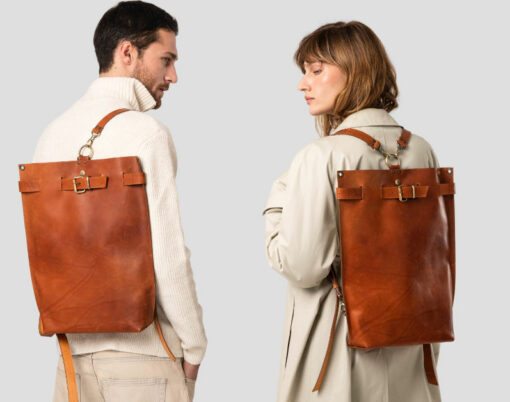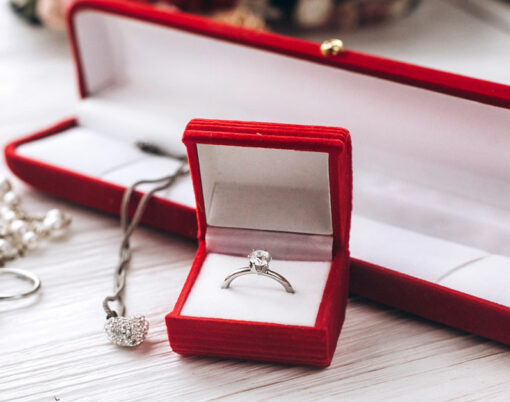Luxury fashion makes for the ultimate status symbol, and wearing the finest, most meticulously designed and crafted garments is an indulgence that many affluent individuals have become accustomed to as part of their high-end lifestyle. As well as serving as a statement of success and good taste, for most, you simply can’t beat the look or feel of a tailored dress or suit, made especially for you. It’s a luxury that for some, remains unattainable – but for those for whom it isn’t, that only makes it all the more alluring.
Despite many being priced out by the world’s leading fashion designers, high-end fashion has, in fact, become more accessible over recent years, and it’s all thanks to the digital revolution. While luxury fashion has always been synonymous with the kind of exclusivity and personalised service you’d expect from traditional bricks-and-mortar boutiques, the biggest brands in the business have coped remarkably well when it comes to moving into the digital age, and the latest tech innovations have made it possible to deliver the same level of impeccable service and a truly personalised experience to customers shopping online from wherever they happen to be at the time.
From immersive online experiences to virtual try-ons, the evolution of shopping luxury fashion online has been quite the ride.
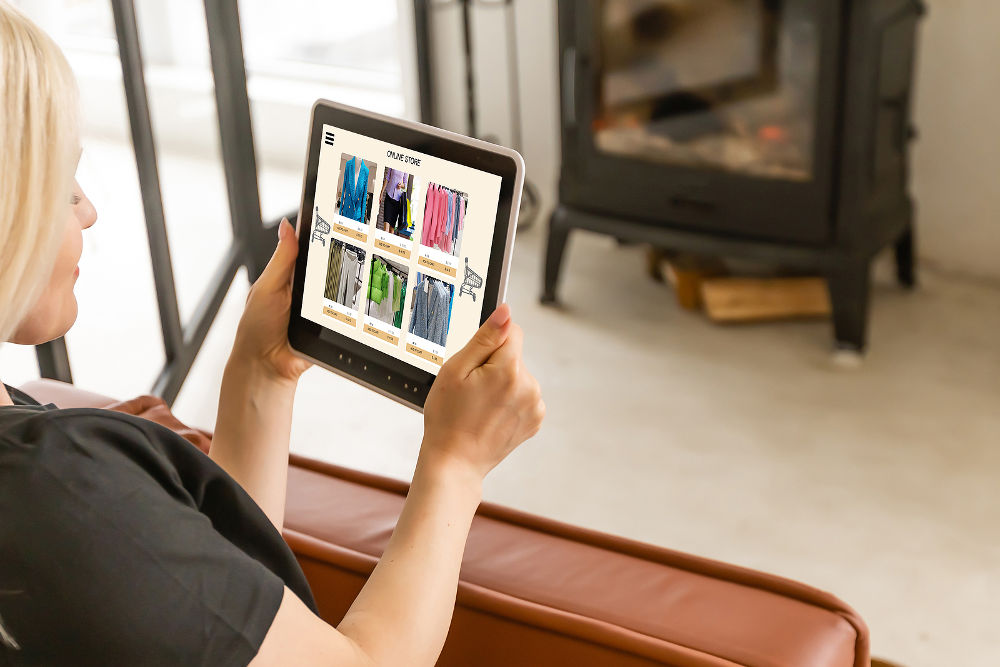
The early days
Since the first e-commerce platforms emerged back in the late 1990s, the pressure has been on for luxury brands to find a way to translate their offerings into the online space. The convenience and accessibility of being able to shop online from anywhere, anytime, slowly but surely began to win consumers over, but was initially met with skepticism from traditional luxury brands, who were wary that the sense of exclusivity they were known for simply wasn’t possible to replicate in an online environment.
But as consumer behaviour shifted and the appetite for online shopping continued to grow, it became clear that luxury brands would have to adapt quickly if they were to stay afloat.
Fast forward to today, and luxury e-commerce is a multi-billion-pound industry, and in a departure from those early days, it is precisely these luxury brands that are driving online innovation to deliver elevated customer experiences, catering to a global audience of discerning shoppers seeking quality fashion in just a few taps of their smartphone screens.
Curated luxury
Curated e-commerce platforms like Net-a-Porter and Farfetch have played a pivotal role in bringing luxury fashion well and truly into the digital age by changing up the way customers discover and shop for luxury items. By bringing together a selection of carefully hand-selected garments and accessories from the world’s most sought-after designers, alongside aspirational editorial content and trend forecasts, they have become a one-stop-shop for fans of high-end fashion. And, by offering personalised recommendations to help consumers build their own outfits, looks and capsule wardrobes, they continue to attract affluent customers in their droves, providing an immersive shopping experience that rivals those of traditional luxury boutiques.
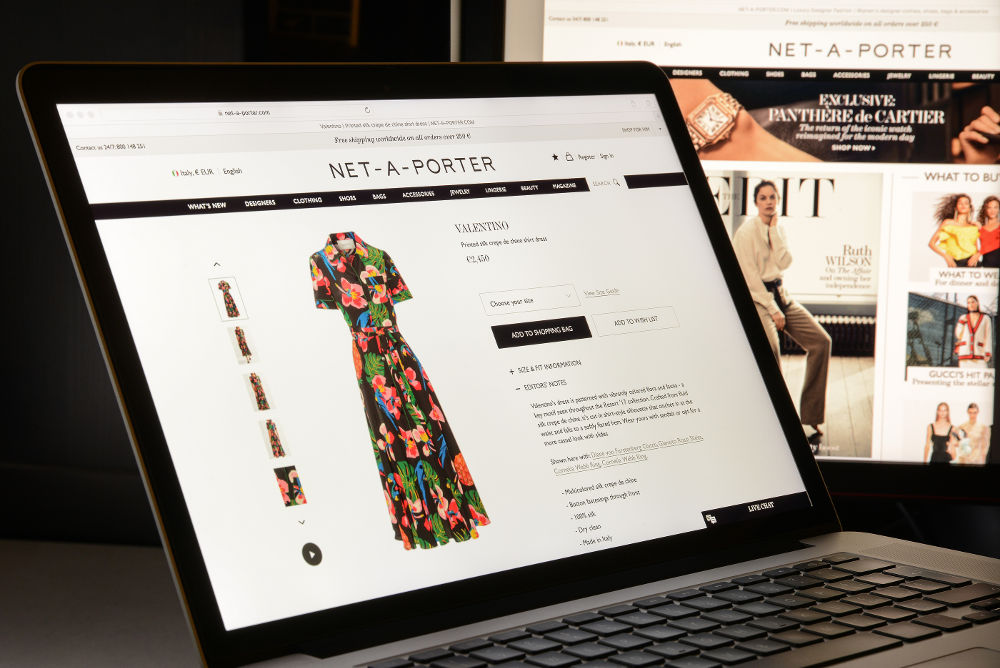
Tech innovations
Add to that the integration of the latest cutting-edge technology into the online shopping journey, and today, it continues to reach new heights, going above and beyond to provide customers with the finest experience as well as the finest goods.
Virtual reality (VR) and augmented reality (AR) have made it possible for customers to not only visualise items in immersive 3D environments, but also to even indulge in virtual try-on sessions. One of the biggest frustrations of online shopping has always been the inability to ‘try before you buy’, often resulting in the hassle of having to return items and make multiple orders to find your perfect fit, and eradicating this has changed the game drastically.
Challenging times
Nevertheless, the evolution of luxury fashion into the online space has not come without its challenges, and the proliferation of counterfeit goods, intellectual property infringement and unauthorised reselling continues to pose problems for many of the world’s most esteemed fashion brands. Not only that, but having always focused on an ‘attract’ rather than ‘chase’ approach to marketing, it has become increasingly difficult for brands to retain the same sense of exclusivity in an increasingly competitive online space, where visibility is key. Even so, it’s a case of do or die; and a willingness to evolve is precisely what has allowed these brands to retain their market leading positions in a modern world.
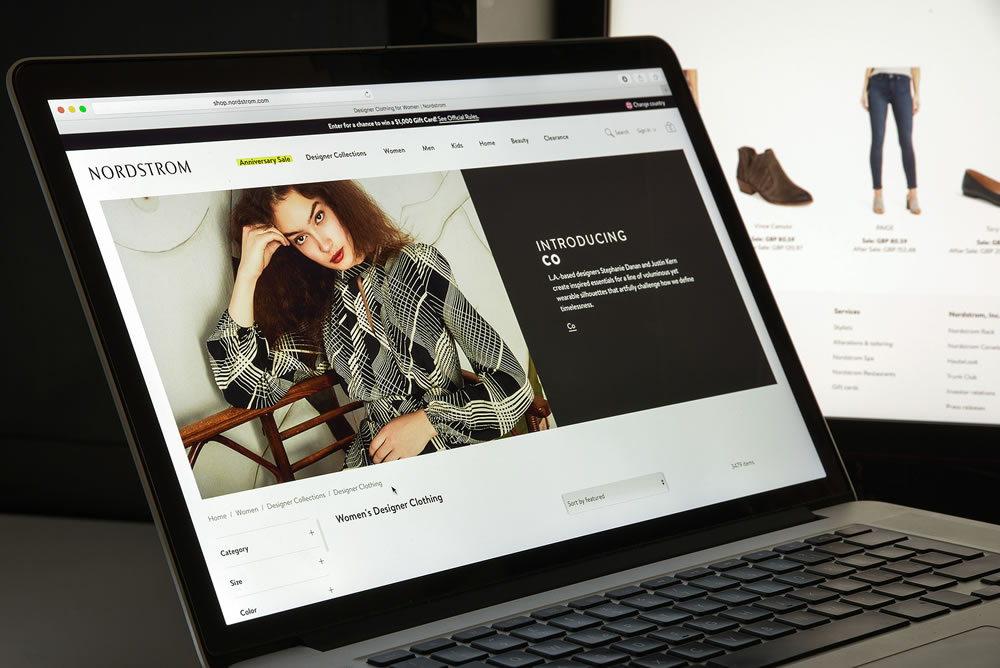
An evolving customer base
Promocodius, an online marketplace that offers current coupons and the best deals, told LLM – Luxury Lifestyle Magazine: “There’s no denying that luxury fashion brands have had to adapt over recent years to keep up in the online space, but what’s interesting is that their customer bases have broadened and diversified as they have done so, helping them to further increase their market share. Whilst this may mean for some that the sense of exclusivity they are associated with has been diluted, it has also made high-end fashion more accessible to the masses – and that, in turn, means a dramatic increase in revenue.
“Customers have shifted towards a younger, more digitally savvy demographic who are influenced by social media and have an appetite for experiential shopping. They also prioritise authenticity and have strong values when it comes to sustainability and ethical practices, so brands are constantly ensuring they are keeping up with these changing preferences.”












